Recombinant Mouse General transcription factor II-I (Gtf2i), partial
In Stock-
中文名称:Recombinant Mouse General transcription factor II-I (Gtf2i), partial
-
货号:CSB-EP875371MO
-
规格:¥1344
-
图片:
-
其他:
产品详情
-
纯度:Greater than 90% as determined by SDS-PAGE.
-
生物活性:Not Test
-
基因名:
-
Uniprot No.:
-
别名:GTFII-I;TFII-I;Bruton tyrosine kinase-associated protein 135;BAP-135;BTK-associated protein 135
-
种属:Mus musculus (Mouse)
-
蛋白长度:Partial
-
来源:E.coli
-
分子量:17.3 kDa
-
表达区域:730-820aa
-
氨基酸序列ITDLKQKVENLFNEKCGEALGLKQAVKVPFALFESFPEDFYVEGLPEGVPFRRPSTFGIPRLEKILRNKAKIKFIIKKPEMFETAIKESTS
Note: The complete sequence including tag sequence, target protein sequence and linker sequence could be provided upon request. -
蛋白标签:C-terminal 6xHis-tagged
-
产品提供形式:Liquid or Lyophilized powder
Note: We will preferentially ship the format that we have in stock, however, if you have any special requirement for the format, please remark your requirement when placing the order, we will prepare according to your demand. -
缓冲液:If the delivery form is liquid, the default storage buffer is Tris/PBS-based buffer, 5%-50% glycerol. If the delivery form is lyophilized powder, the buffer before lyophilization is Tris/PBS-based buffer, 6% Trehalose, pH 8.0.
-
复溶:We recommend that this vial be briefly centrifuged prior to opening to bring the contents to the bottom. Please reconstitute protein in deionized sterile water to a concentration of 0.1-1.0 mg/mL.We recommend to add 5-50% of glycerol (final concentration) and aliquot for long-term storage at -20℃/-80℃. Our default final concentration of glycerol is 50%. Customers could use it as reference.
-
储存条件:Store at -20°C/-80°C upon receipt, aliquoting is necessary for mutiple use. Avoid repeated freeze-thaw cycles.
-
保质期:The shelf life is related to many factors, storage state, buffer ingredients, storage temperature and the stability of the protein itself.
Generally, the shelf life of liquid form is 6 months at -20°C/-80°C. The shelf life of lyophilized form is 12 months at -20°C/-80°C. -
货期:3-7 business days
-
注意事项:Repeated freezing and thawing is not recommended. Store working aliquots at 4℃ for up to one week.
-
Datasheet & COA:Please contact us to get it.
相关产品
靶点详情
-
功能:Interacts with the basal transcription machinery by coordinating the formation of a multiprotein complex at the C-FOS promoter, and linking specific signal responsive activator complexes. Promotes the formation of stable high-order complexes of SRF and PHOX1 and interacts cooperatively with PHOX1 to promote serum-inducible transcription of a reporter gene deriven by the C-FOS serum response element (SRE). Acts as a coregulator for USF1 by binding independently two promoter elements, a pyrimidine-rich initiator (Inr) and an upstream E-box. Required for the formation of functional ARID3A DNA-binding complexes and for activation of immunoglobulin heavy-chain transcription upon B-lymphocyte activation.
-
基因功能参考文献:
- The Cre-mediated deletion of exon 3 recapitulates a genetic null phenotype, indicating that the conditional Gtf2i line is a valuable tool for studying TFII-I function during embryonic development PMID: 27194223
- found a highly conserved DNA element, common to a set of genes regulated by TFII-I, and identified and validated novel in vivo neuronal targets of this protein affecting the PI3K and TGFbeta signaling pathways PMID: 23831514
- GTF2IRD2 has evolved as a regulator of GTF2IRD1 and TFII-I; inhibiting their function by direct interaction and sequestration into inactive nuclear zones. PMID: 22899722
- data support the hypothesis that upregulation of TFII-I factors leads to activation of a specific group of developmental genes during mESC differentiation PMID: 22274952
- GTF2I duplication results in separation anxiety in mice and humans PMID: 22578324
- In order to clarify the involvement of GTF2I in neurocognitive function, especially social behavior, we have developed and characterized Gtf2i-deficient mice. PMID: 21328569
- Results suggest that DJ-1 together with TFII-I operate in concert to cope with various insults and to sustain pancreatic beta-cell function. PMID: 20516060
- behavioral characterization of heterozygous mice with a deletion of the first 140 amino-acids of TFII-I. PMID: 20403157
- data demonstrate that TFII-I, through a Src-dependent mechanism, reversibly translocates from the cytoplasm to the nucleus, leading to the transcriptional activation of growth-regulated genes PMID: 11934902
- acts as a transcriptional cofactor for the SUMO ubiquitin-protein isopeptide ligase family member Miz1/PIASxbeta /Siz2 PMID: 12193603
- TFII-I has a role in regulating immunoglobulin promoter activity PMID: 14645227
- TFII-I, involved in histone modification and SUMOylation, is expressed at early stages of embryogenesis. PMID: 14678824
- a unique growth factor signaling pathway is controlled by opposing activities of two TFII-I spliced isoforms PMID: 17052463
- The three-dimensional structure of the GTF2I domain is classified as a new fold, consisting of four helices, two antiparallel beta strands, and a well-defined loop containing two beta-turns between sheet 1 and helix 3. PMID: 17600150
- Gtf2i showed widespread expression in the developing head but was higher in the developing teeth than surrounding tissues throughout tooth development PMID: 17823943
- Bioinformatics and microarray results were combined to identify TFII-I downstream targets in the vertebrate genome. PMID: 18579769
- homozygous loss of Gtf2ird1 or Gtf2i results in multiple phenotypic manifestations, including embryonic lethality; brain hemorrhage; and vasculogenic, craniofacial, and neural tube defects; defects in yolk sac vasculogenesis and angiogenesis PMID: 19109438
显示更多
收起更多
-
亚细胞定位:Cytoplasm. Nucleus.
-
蛋白家族:TFII-I family
-
组织特异性:Ubiquitous.
-
数据库链接:
Most popular with customers
-
Recombinant Human T-cell antigen CD7 (CD7), partial (Active)
Express system: Mammalian cell
Species: Homo sapiens (Human)
-
Recombinant Human Leukemia inhibitory factor receptor (LIFR), partial (Active)
Express system: Mammalian cell
Species: Homo sapiens (Human)
-
Recombinant Human Semaphorin-4D (SEMA4D), partial (Active)
Express system: Mammalian cell
Species: Homo sapiens (Human)
-
Recombinant Human Poliovirus receptor (PVR) (I340M), partial (Active)
Express system: Mammalian cell
Species: Homo sapiens (Human)
-
Recombinant Human IGF-like family receptor 1 (IGFLR1), partial (Active)
Express system: Mammalian cell
Species: Homo sapiens (Human)
-
Recombinant Human C5a anaphylatoxin chemotactic receptor 1 (C5AR1)-VLPs (Active)
Express system: Mammalian cell
Species: Homo sapiens (Human)
-
Recombinant Human G-protein coupled receptor family C group 5 member D (GPRC5D)-VLPs (Active)
Express system: Mammalian cell
Species: Homo sapiens (Human)
-
Recombinant Mouse Claudin-18.2 (Cldn18.2)-VLPs (Active)
Express system: Mammalian cell
Species: Mus musculus (Mouse)



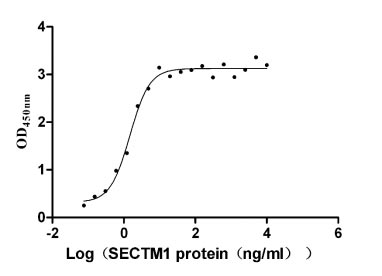
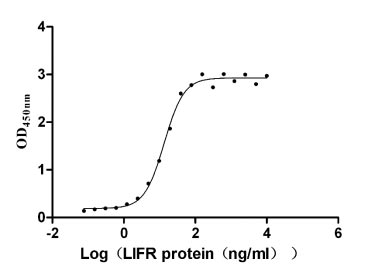

-AC1.jpg)
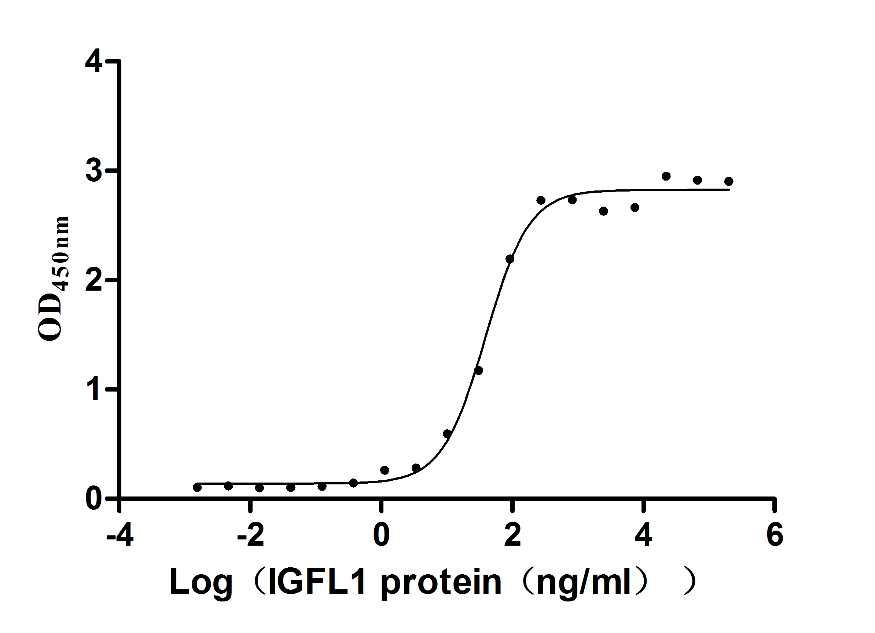
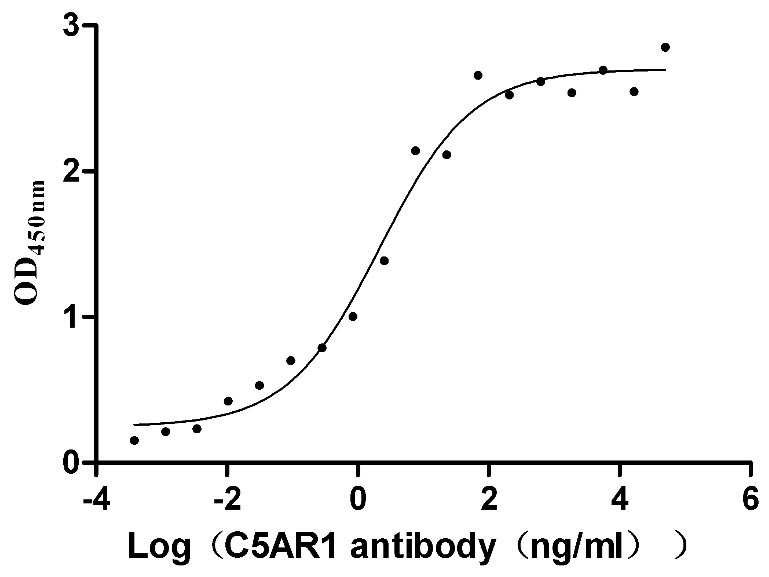
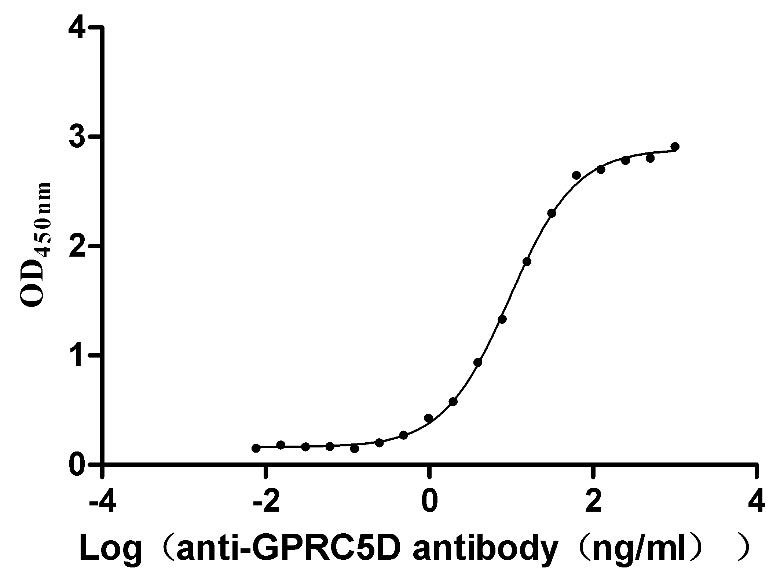
-AC1.jpg)









